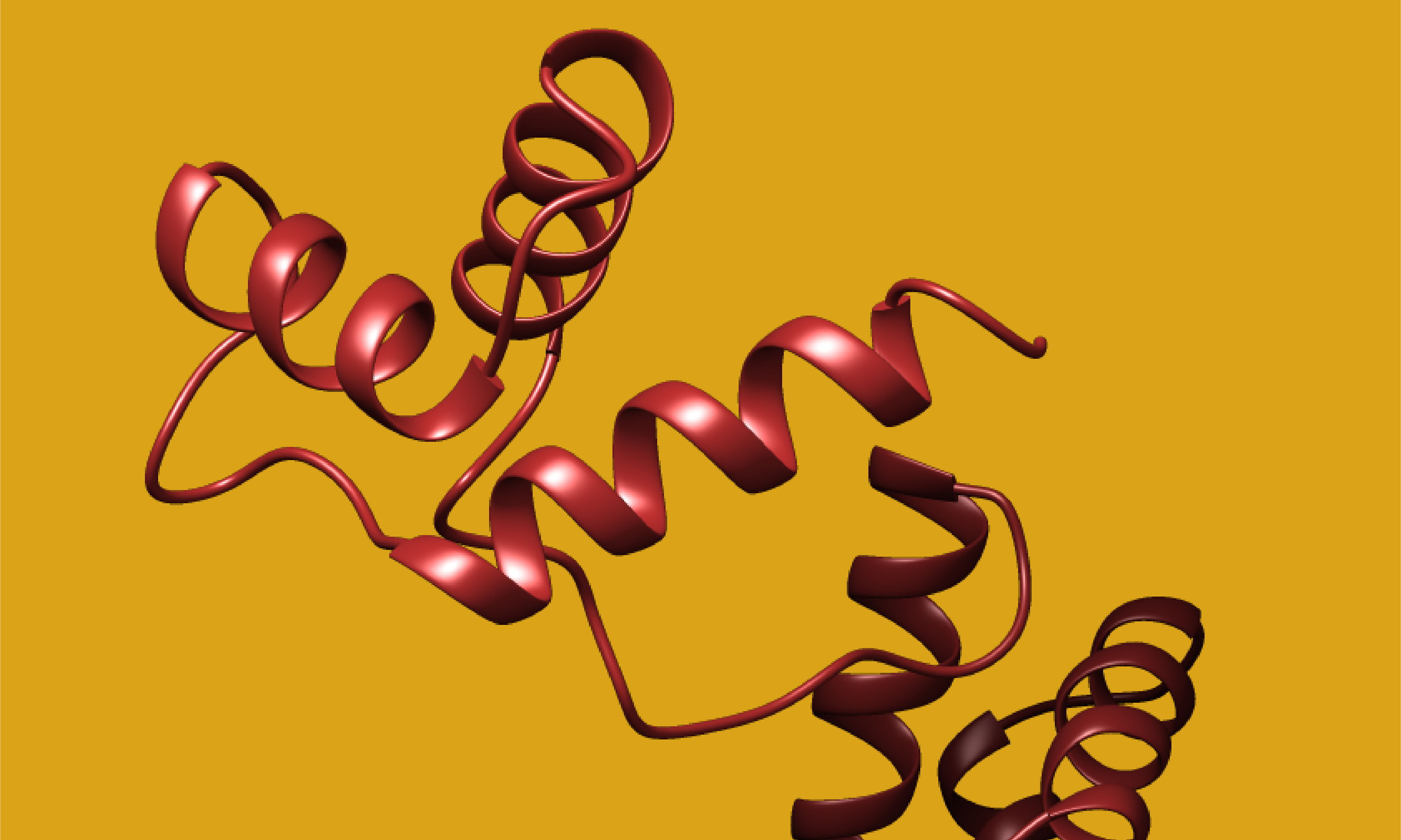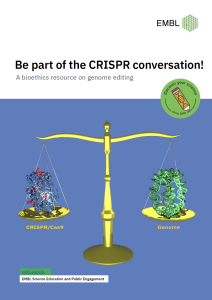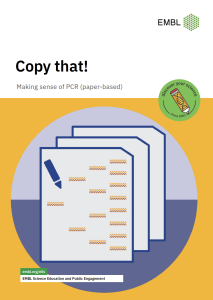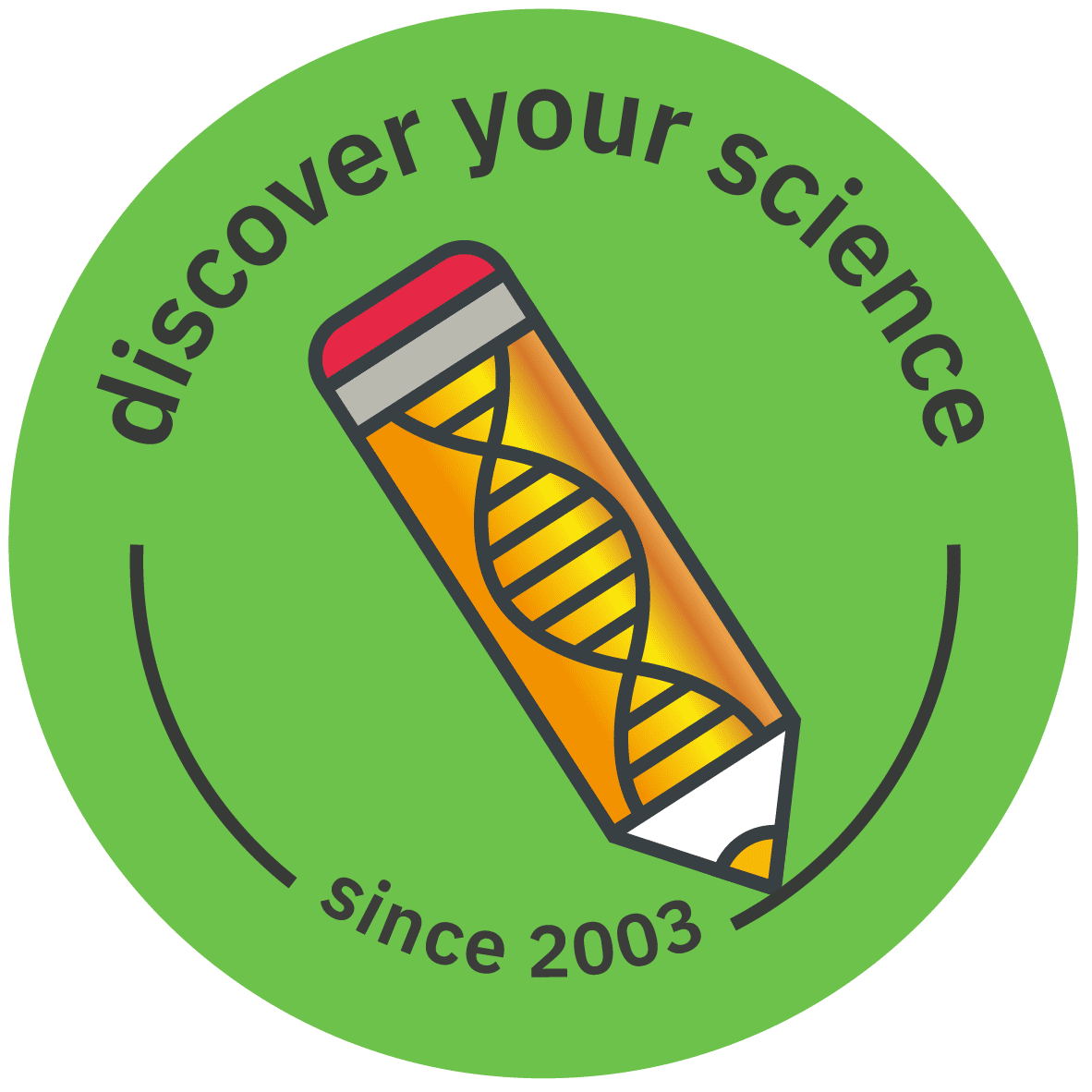
Follow PAX6 in the World Wide Web
Overview
Discovering Bioinformatics: a protein in the World Wide Web
In this activity students can search for information about a protein using databases of biological information on the World Wide Web. These databases collect and store information about genes and proteins (sequence, structure, expression) about human inherited diseases for which the genetic cause is known, scientific literature, etc. Many databases that are accessible via the World Wide Web offer so-called ‘Query Interfaces’: special web pages on which you can enter and combine search terms and restrict them to special sections or fields of the database. In a text search you can enter a search term, (the name of a protein, a disease, a cell type) which is subsequently compared to the textual content of the database. You can also compare the sequence of a protein or gene to the collection of known, annotated sequences stored in a protein or genes database. In other words, you can search these databases to find out what is already known about your favourite protein. As we will see the main biological databases are interconnected (through so-called cross-references), providing links with one another and allowing the user to access different types of information from the result of a single ‘Query’.
We are going to look at the Pax6 protein from zebrafish which is involved in eye development. By ‘following’ this protein on the World Wide Web we can find the human protein corresponding to the zebrafish Pax6 (its ortholog), information about its function, structure, sub-cellular localization, and the molecular basis of diseases linked to mutations in its sequence.
Materials
View and download materials:

Topic area: Bioinformatics, Genome biology
Age group: 16-19
Author: ELLS Team
Share:
 Italiano
Italiano


